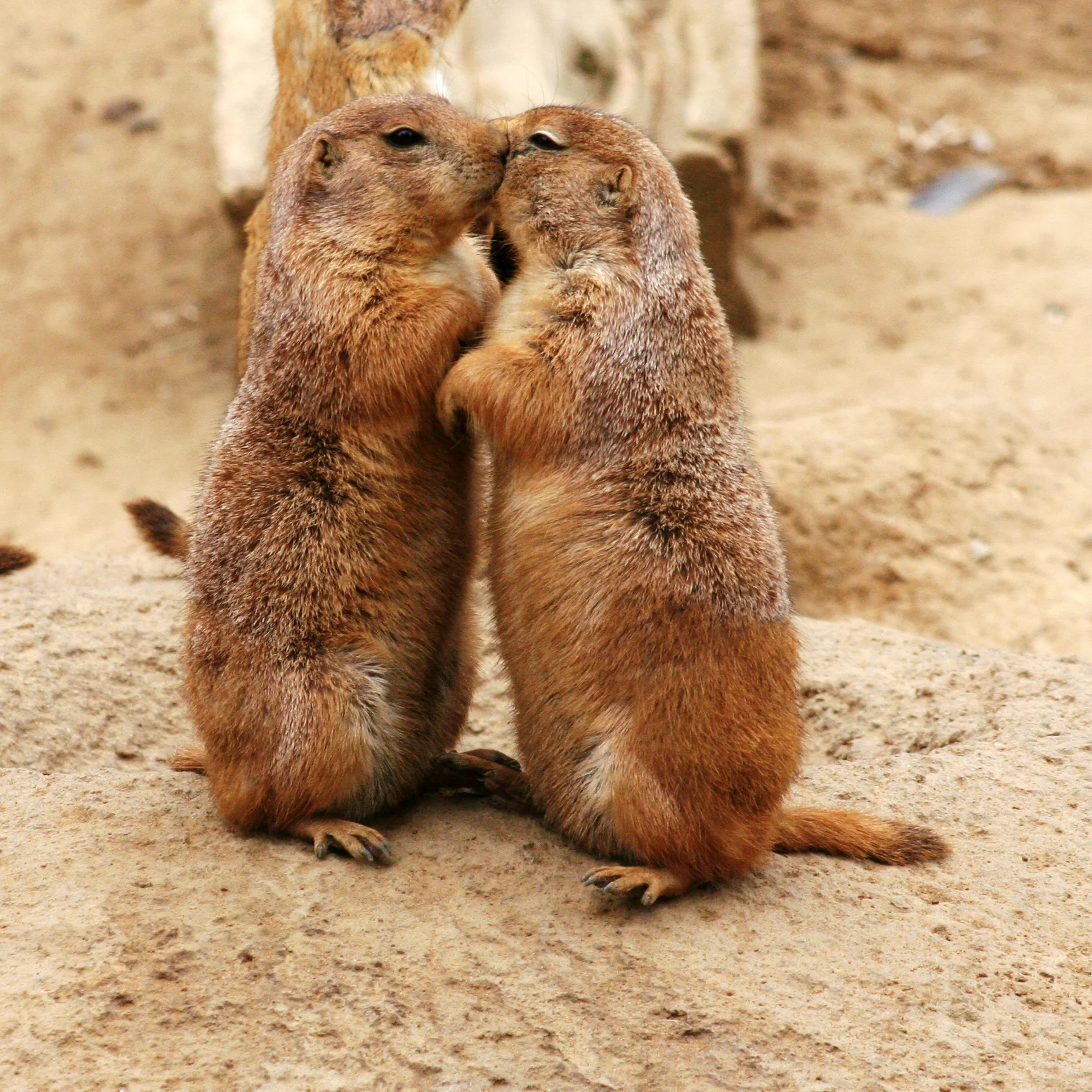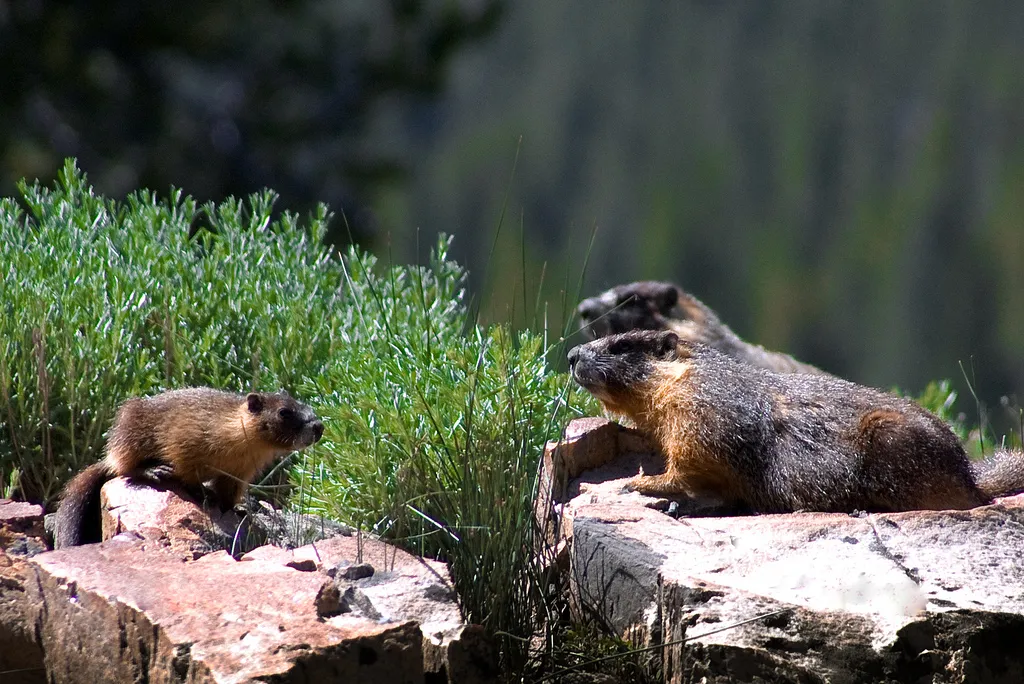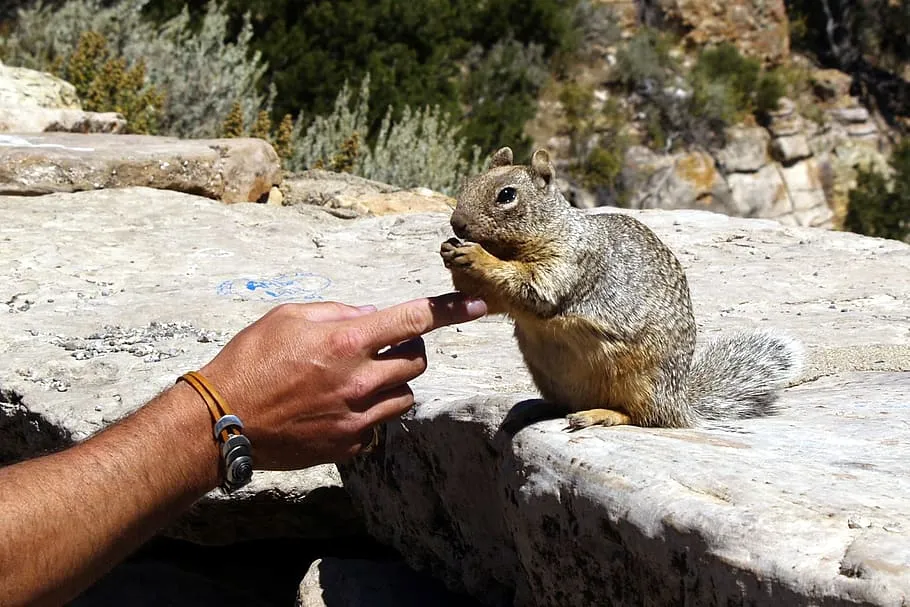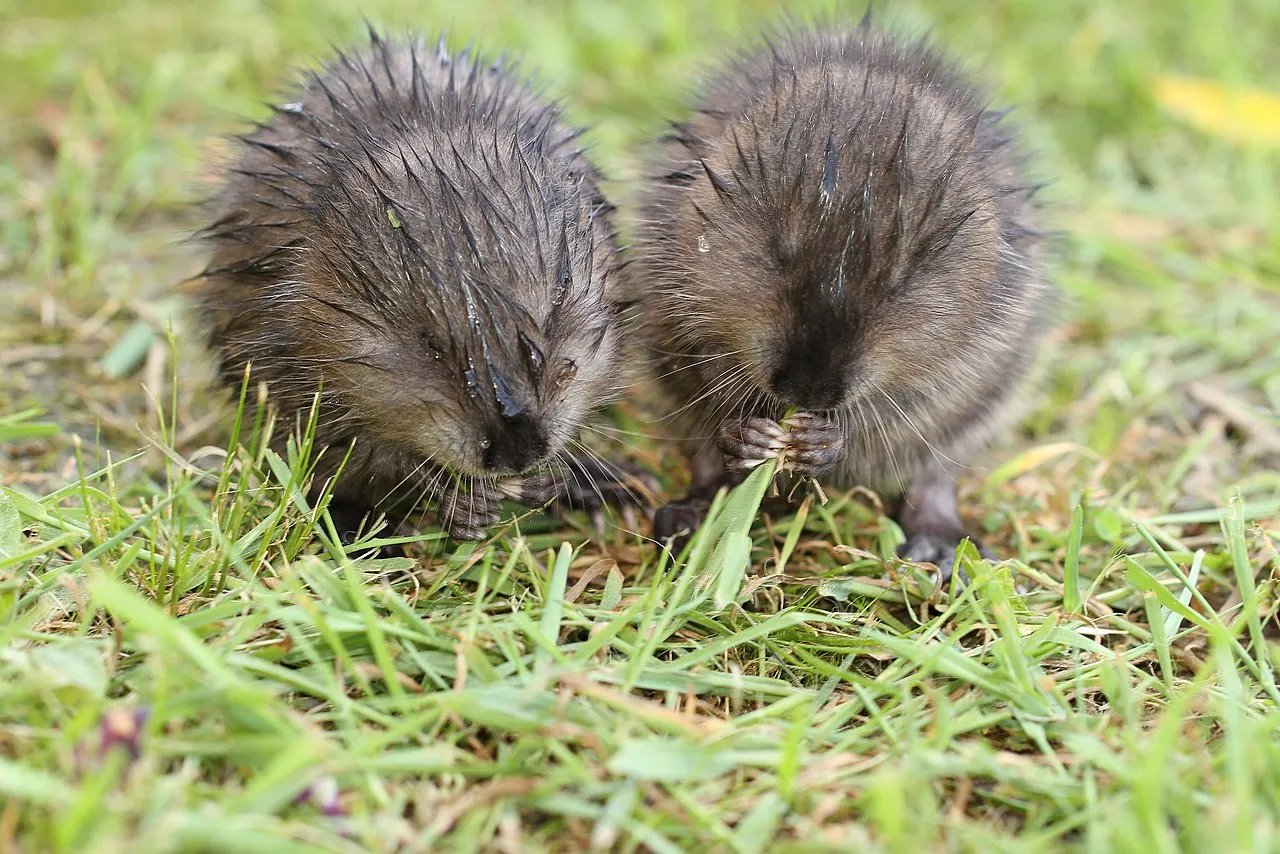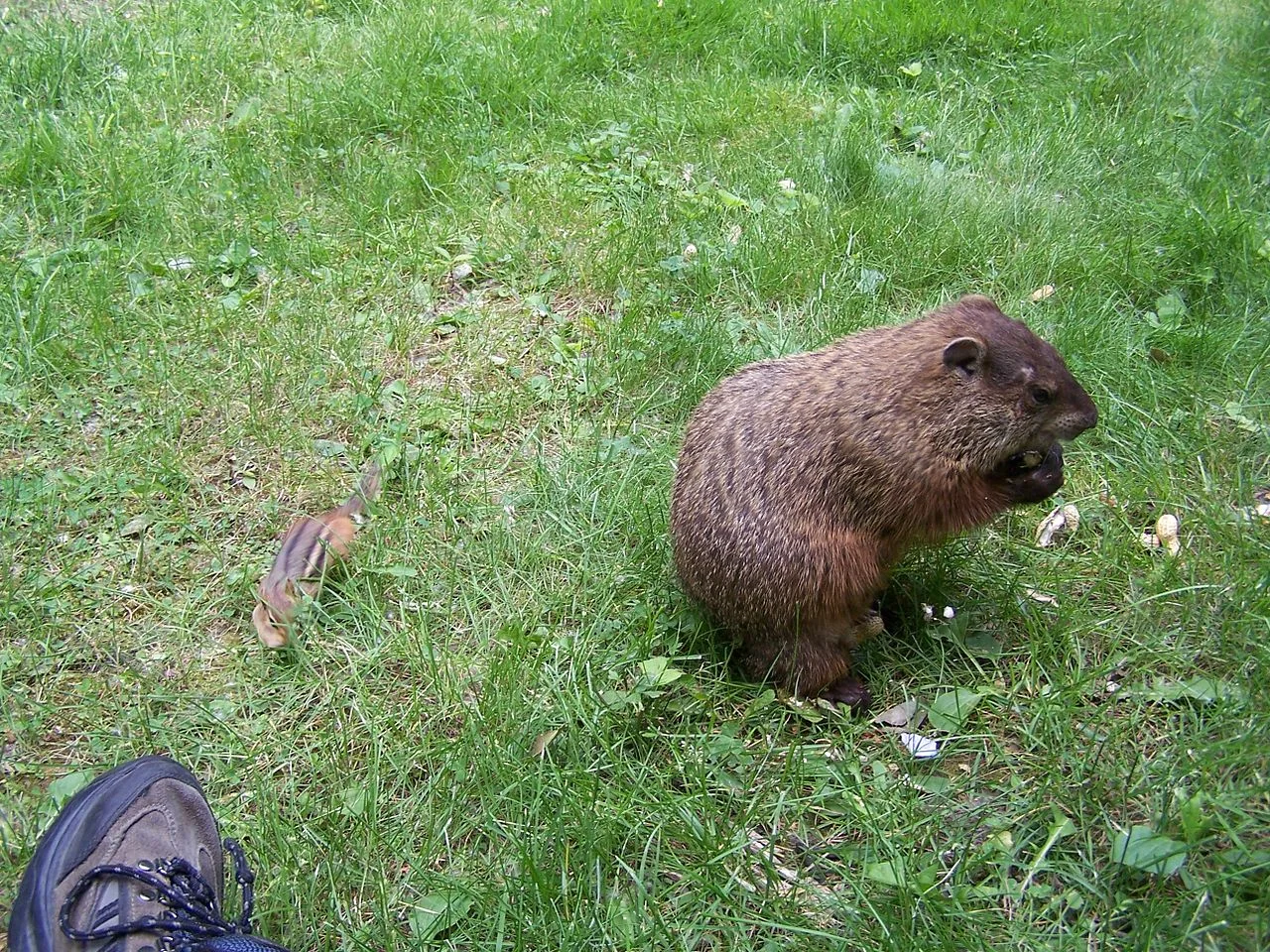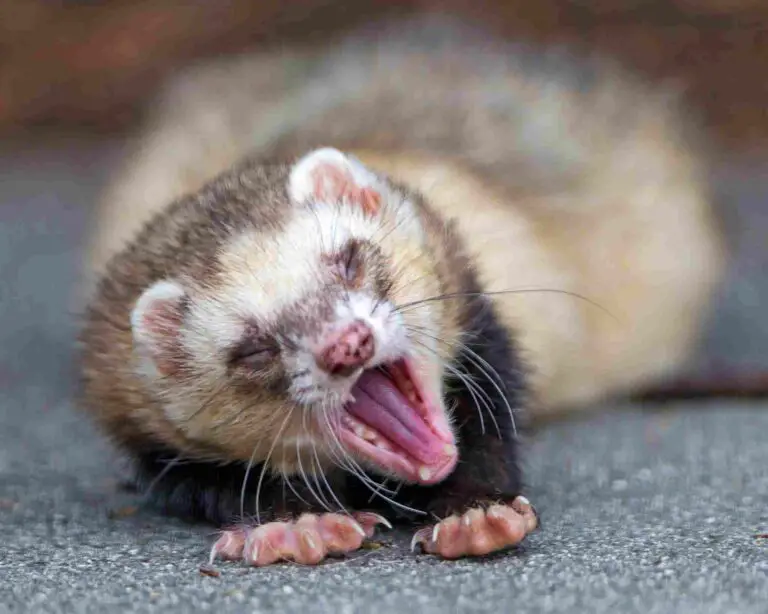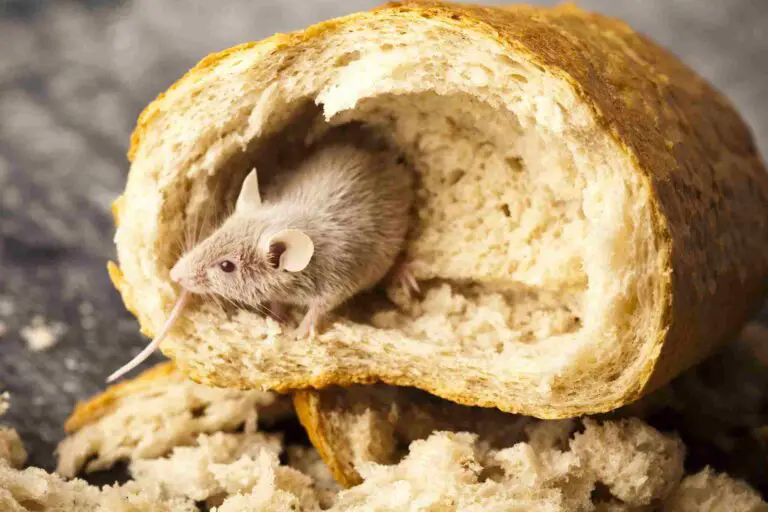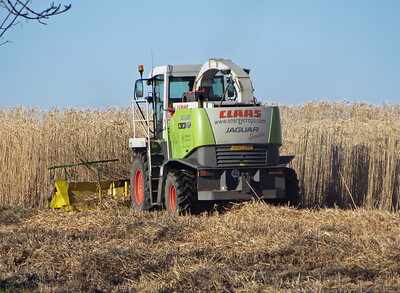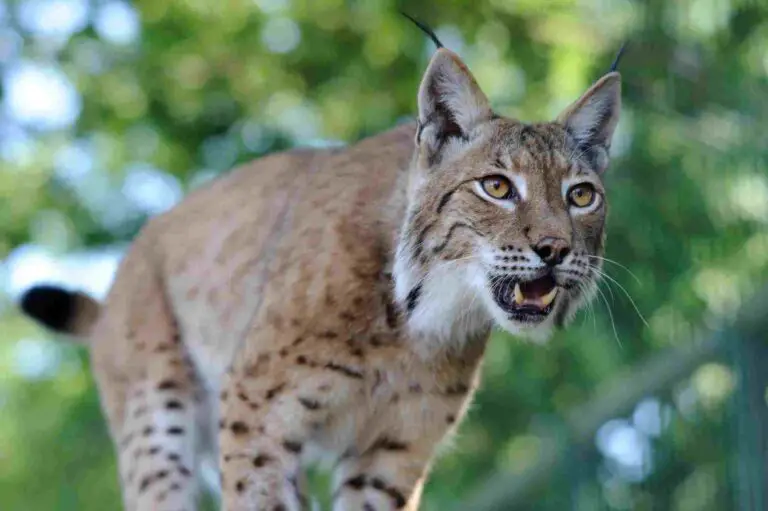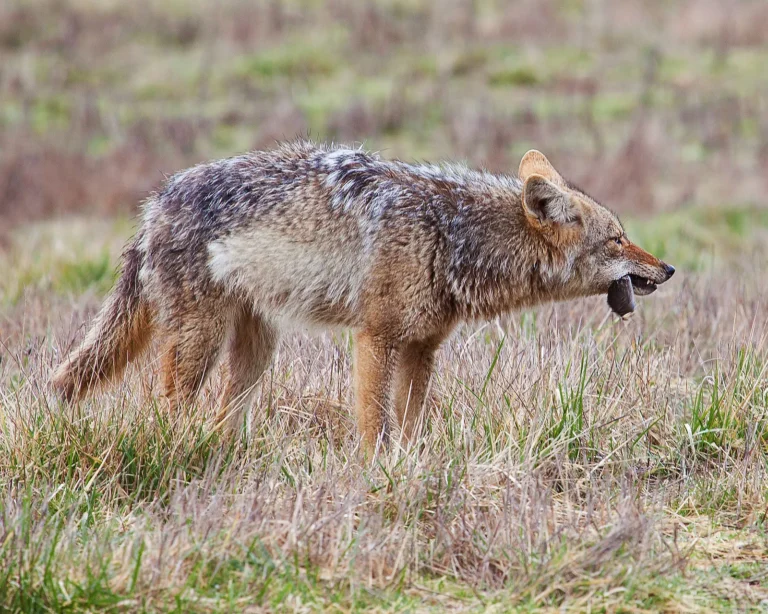Woodchuck Vs Groundhog Vs Gopher Full Comparison
Distinguishing between woodchucks, groundhogs, and gophers involves understanding key differences in size, tail characteristics, teeth structure, habitat preferences, dietary habits, lifestyles, and mound-building behaviors. Despite sharing similarities as burrowing rodents, these species display unique features that set them apart. It must be also noted that woodchuck and groundhog generally refer to the same animal.
I. Size Variation:
– Groundhogs are relatively larger rodents, contrasting with gophers that tend to be considerably smaller, weighing only about 2 or 3 pounds.
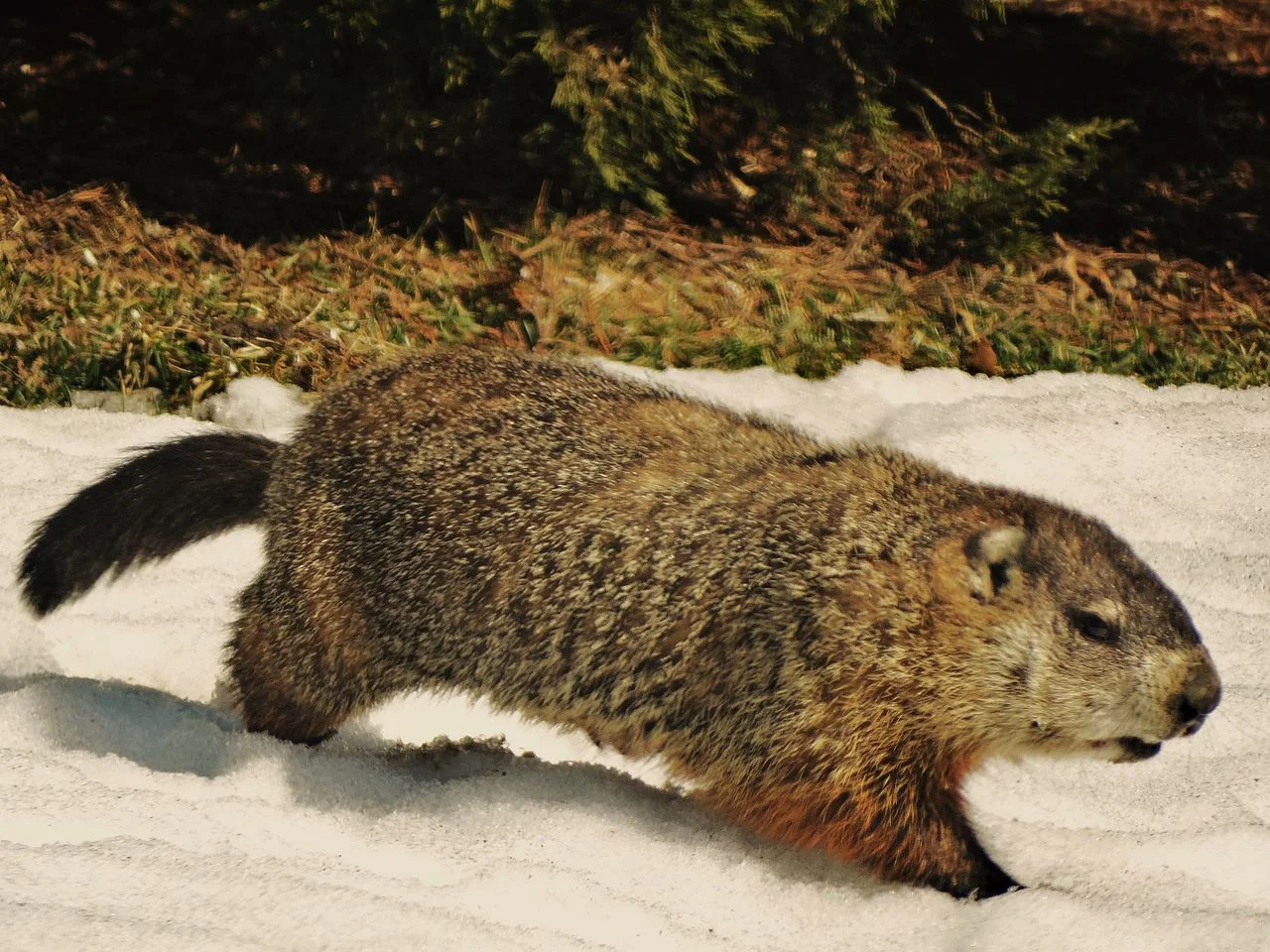
II. Tail Distinctions:
– Groundhogs boast shorter and wider furry tails, similar to squirrels, while gophers possess tails closely resembling those of rats, characterized by being longer and narrower.
III. Teeth Structure:
– Teeth structure provides another distinguishing factor, with groundhogs having distinct dental features. In contrast, gophers exhibit a different dental structure.
IV. Habitat Preferences:
– Groundhogs create complex burrows and hibernate during winter, showcasing a preference for subterranean habitats. Gophers, on the other hand, display a fondness for community living, often residing in underground tunnels.
V. Dietary Habits:
– Groundhogs spend considerable time above ground, primarily consuming leaves and plants. Gophers exhibit different dietary habits, showcasing unique preferences in their food sources.
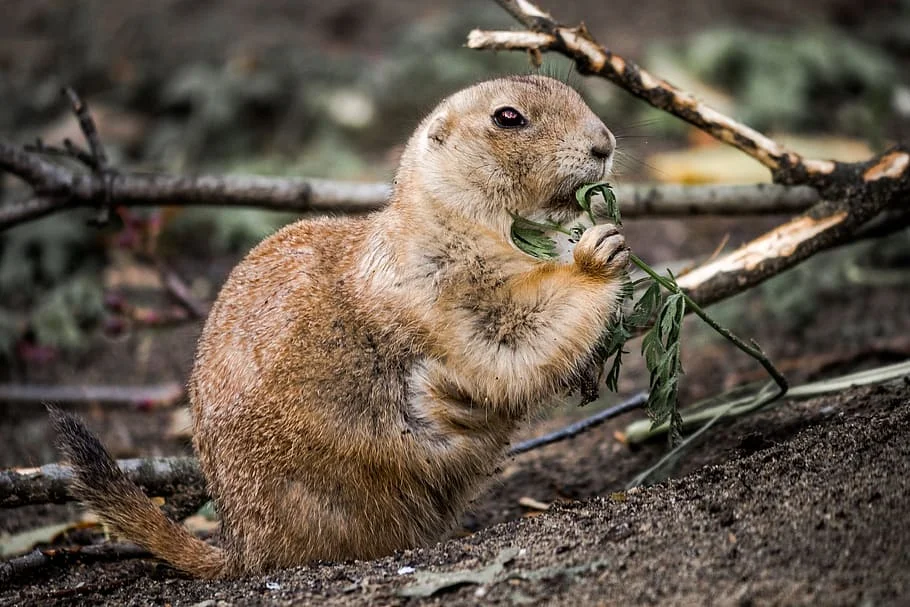
VI. Lifestyle Characteristics:
– Lifestyle variations include the fact that groundhogs engage in hibernation during winter months, whereas gophers do not hibernate and maintain active lifestyles.
VII. Mound-Building Behaviors:
– The process of creating mounds is distinct for each species. For instance, gophers are known for building mounds that differ from the characteristic burrows created by groundhogs.
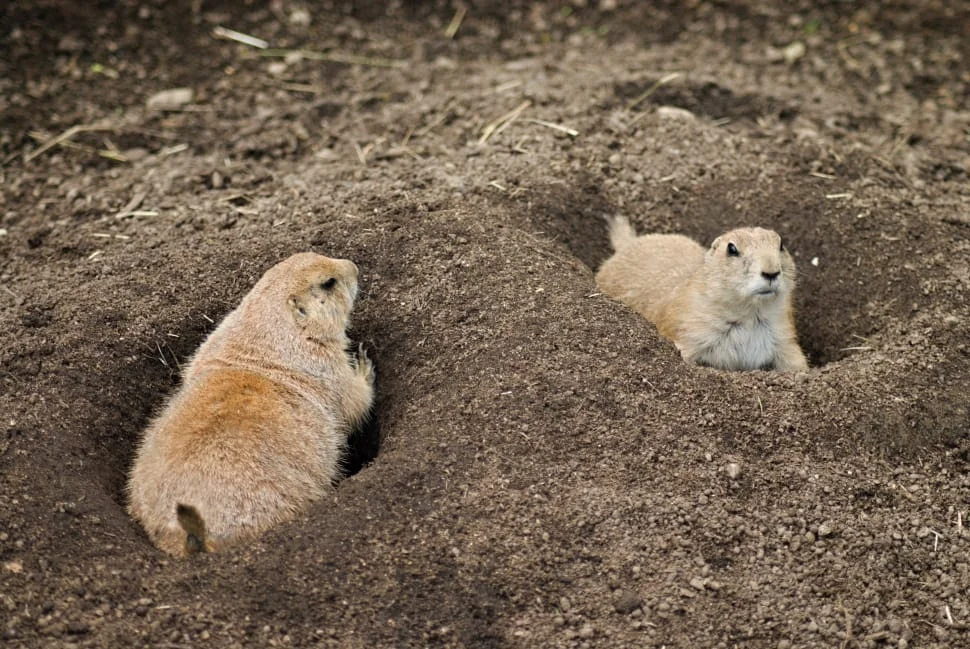
*Details of Comparison
| Criteria | Woodchuck/Groundhog | Gopher |
| Taxonomy | Marmota monax |
Varies among species
|
| Appearance | Stout body, short legs |
Streamlined body for burrowing
|
| Size | 16 to 20 inches (40-50 cm) |
Generally smaller, 5 to 14 inches
|
| Weight | 4 to 14 pounds (1.8-6.3 kg) |
Lighter, 0.5 to 2.5 pounds
|
| Bite Force (PSI) | Not significant | Not significant |
| Offensive Advantages | Claws, strong forelimbs |
Adapted incisors, strong forelimbs
|
| Defensive Advantages | Retreat into burrows |
Retreat into burrows
|
| Speed | Not known for high speed |
Not known for high speed
|
| Agility | Adapted for burrowing |
Adapted for burrowing
|
| Senses | Keen eyesight, acute hearing |
Keen eyesight, acute hearing
|
| Physical Capacity | Strong for burrowing |
Strong for burrowing
|
| Habitat Preference | Open areas, meadows, woodlands |
Various habitats, grasslands, deserts
|
| Tracks | Distinctive prints with 5 toes |
Distinctive prints with 5 toes
|
| Lifespan | 3 to 6 years | Up to 3 years |
| Feeding | Herbivores, grasses, leaves |
Herbivores, grasses, leaves
|
| Intelligence | Exhibit intelligence in burrows |
Exhibit intelligence in burrows
|
| Social Behavior | Generally solitary |
Some species exhibit social behavior
|
| Reproduction | Sexual reproduction |
Sexual reproduction
|
| Parental Behavior | Females care for offspring |
Females may care for offspring
|
| Proximity to Humans | Near human settlements |
Found in various habitats
|
| Behavior Toward Humans | Wary; minimal aggression |
Wary; minimal aggression
|
| Danger Posed to Humans | Not inherently dangerous |
Not inherently dangerous
|
| Precautions | Implement measures to prevent damage |
Implement measures to prevent damage
|
| Conservation Status | Not considered a concern | Not considered a concern |
1. Taxonomy:
Woodchuck (Marmota monax) and groundhog are common names for the same species.
Family: Sciuridae (squirrels)
Genus: Marmota
Order: Rodentia
Class: Mammalia
Phylum: Chordata
Kingdom: Animalia
2. Appearance:
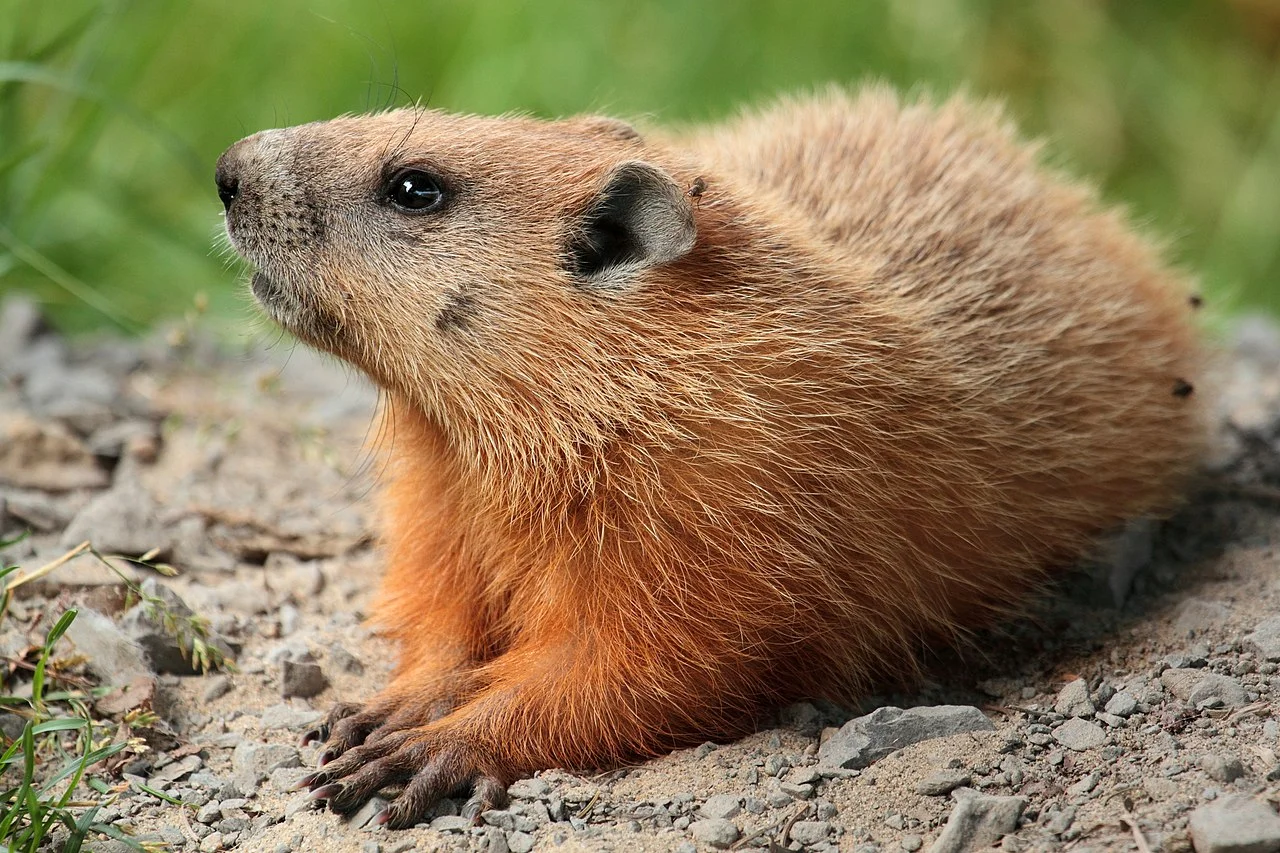
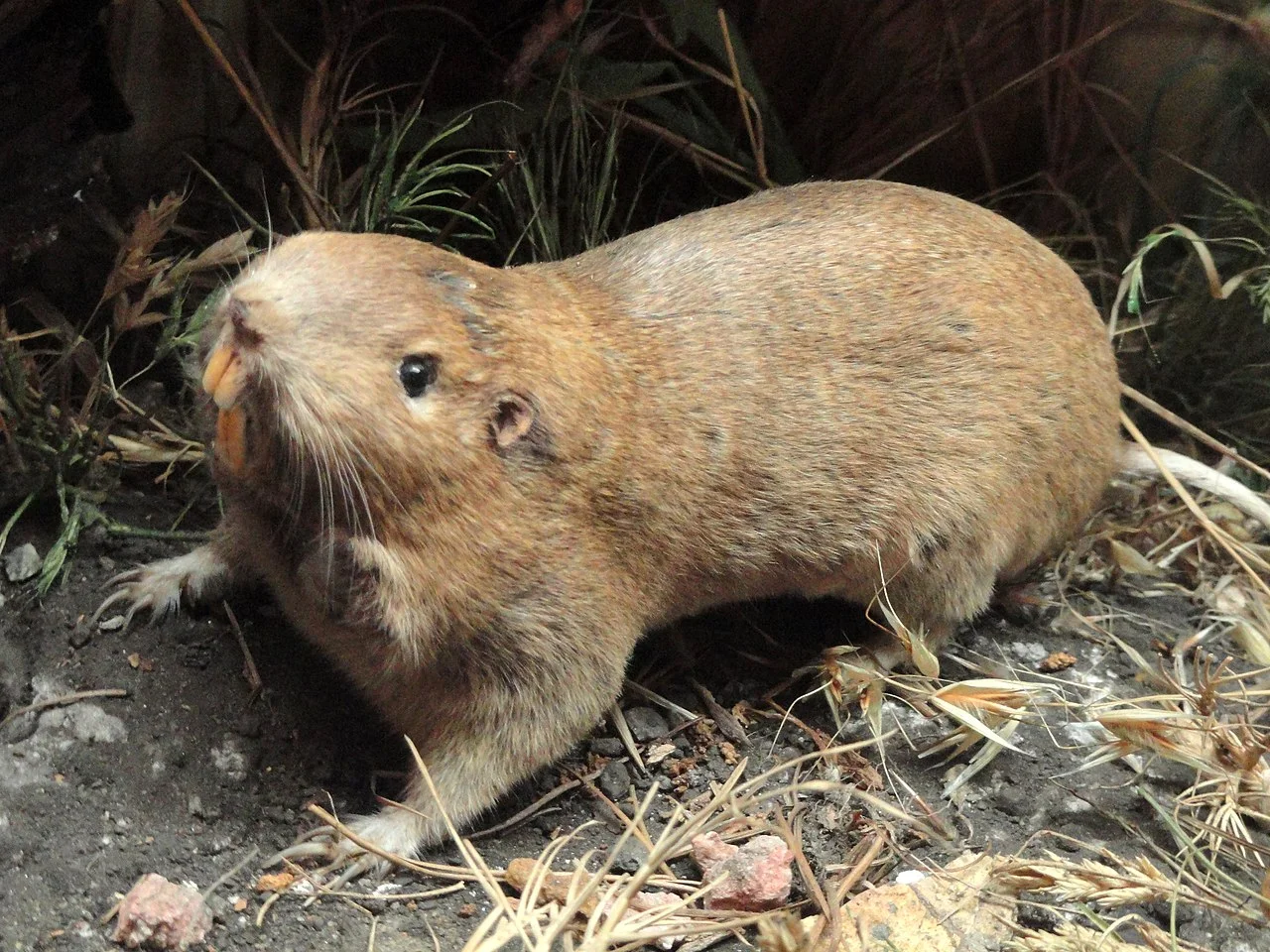
Woodchucks, groundhogs, and gophers share some similarities in appearance but also have distinct features.
Woodchucks and groundhogs have stout bodies, short legs, and strong claws for digging.
Gophers are typically smaller in size with a more streamlined body, adapted for burrowing.
Ecological Implications: Their appearances are adaptations to their burrowing lifestyles, enabling them to efficiently excavate tunnels and navigate underground habitats.
3. Size:
Woodchucks and groundhogs are similar in size, measuring around 16 to 20 inches (40 to 50 cm) in length, with their tails adding an additional 4 to 7 inches (10 to 18 cm).
Gophers are generally smaller, ranging from 5 to 14 inches (13 to 36 cm) in length.
Ecological Implications: Size affects their ecological roles and interactions within their habitats, influencing factors such as resource utilization and predator-prey dynamics.
4. Weight:
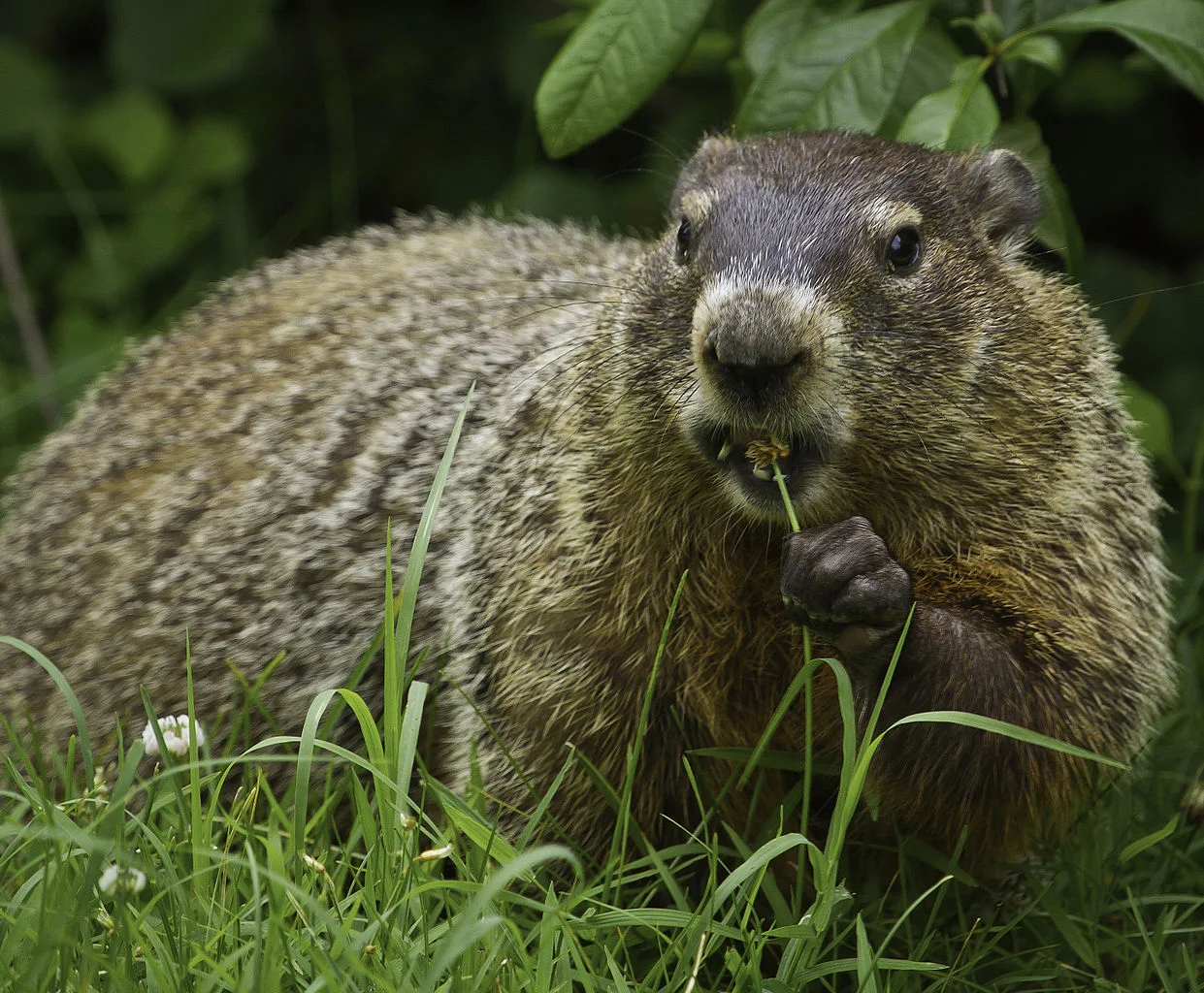
Woodchucks and groundhogs typically weigh between 4 to 14 pounds (1.8 to 6.3 kg), with males being larger than females.
Gophers are lighter, weighing between 0.5 to 2.5 pounds (0.2 to 1.1 kg), depending on the species.
Ecological Implications: Weight impacts their energy requirements, foraging behaviors, and interactions with other species in the ecosystem, such as predators and competitors.
5. Bite Force (PSI):
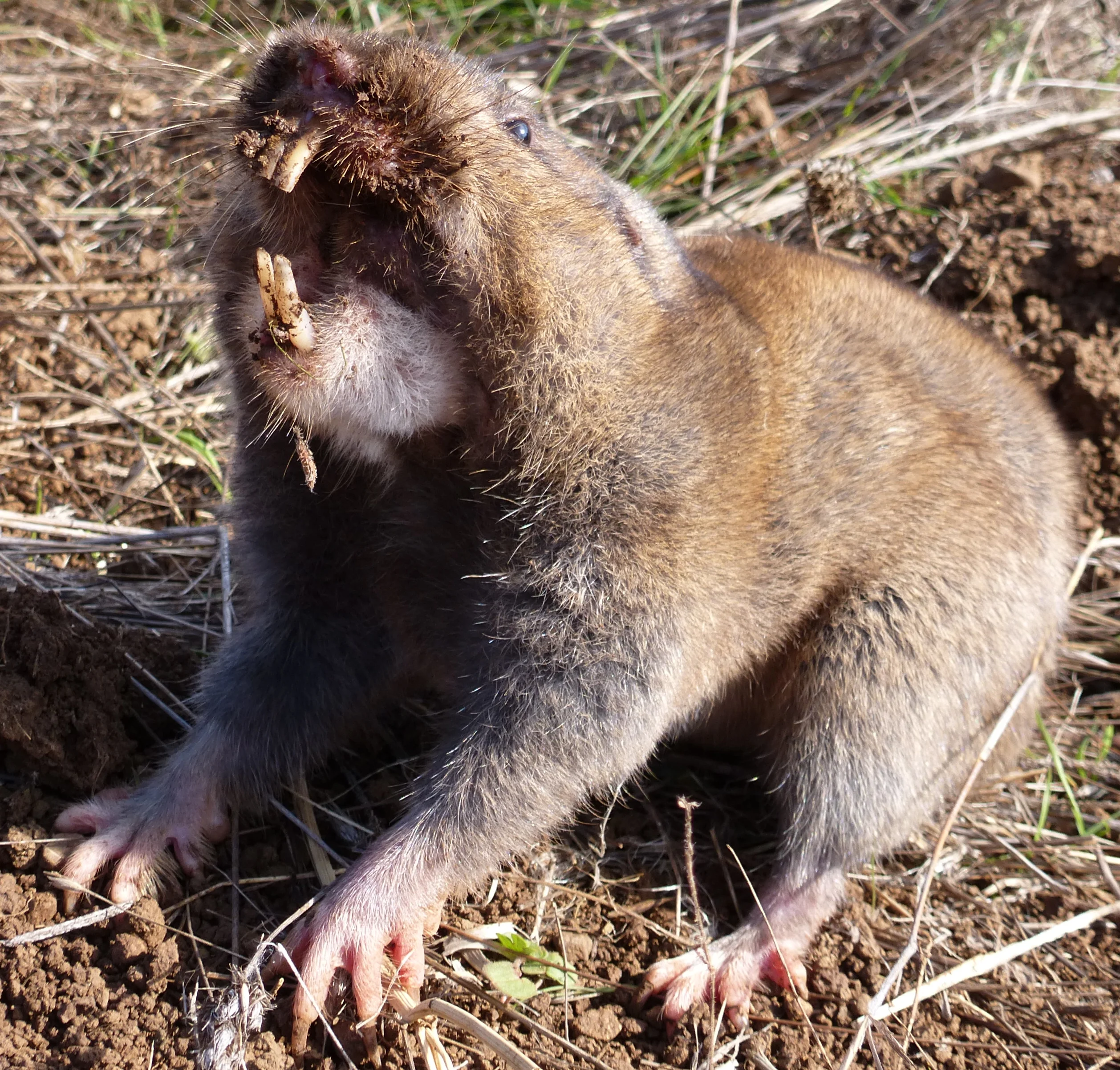
Woodchucks, groundhogs, and gophers are not known for their bite force compared to other animals.
Their bite force is relatively low and is primarily used for feeding and defense against predators.
Ecological Implications: While not significant in terms of predation or ecological impact, their bite force still plays a role in their feeding strategies and interactions with other species in their environment.
6. Physical Offensive Advantages:
Woodchucks and groundhogs may use their sharp claws and strong forelimbs for digging and creating burrows, providing them with defensive capabilities.
Gophers have adapted incisors and strong forelimbs for burrowing, contributing to their defensive strategies.
Ecological Implications: Their offensive advantages are crucial for creating and maintaining burrows, which serve as shelter and protection against predators.
7. Physical Defensive Advantages:
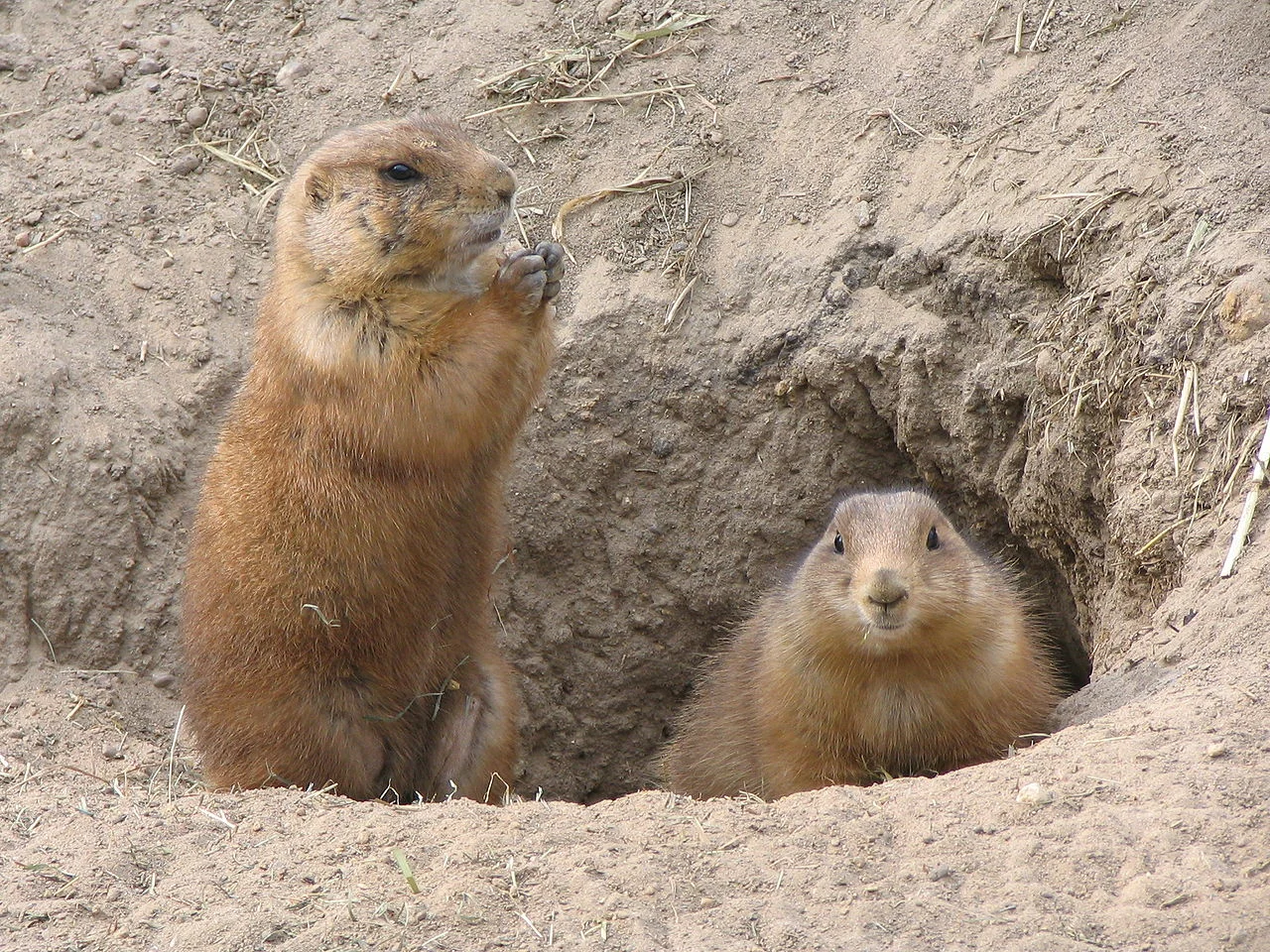
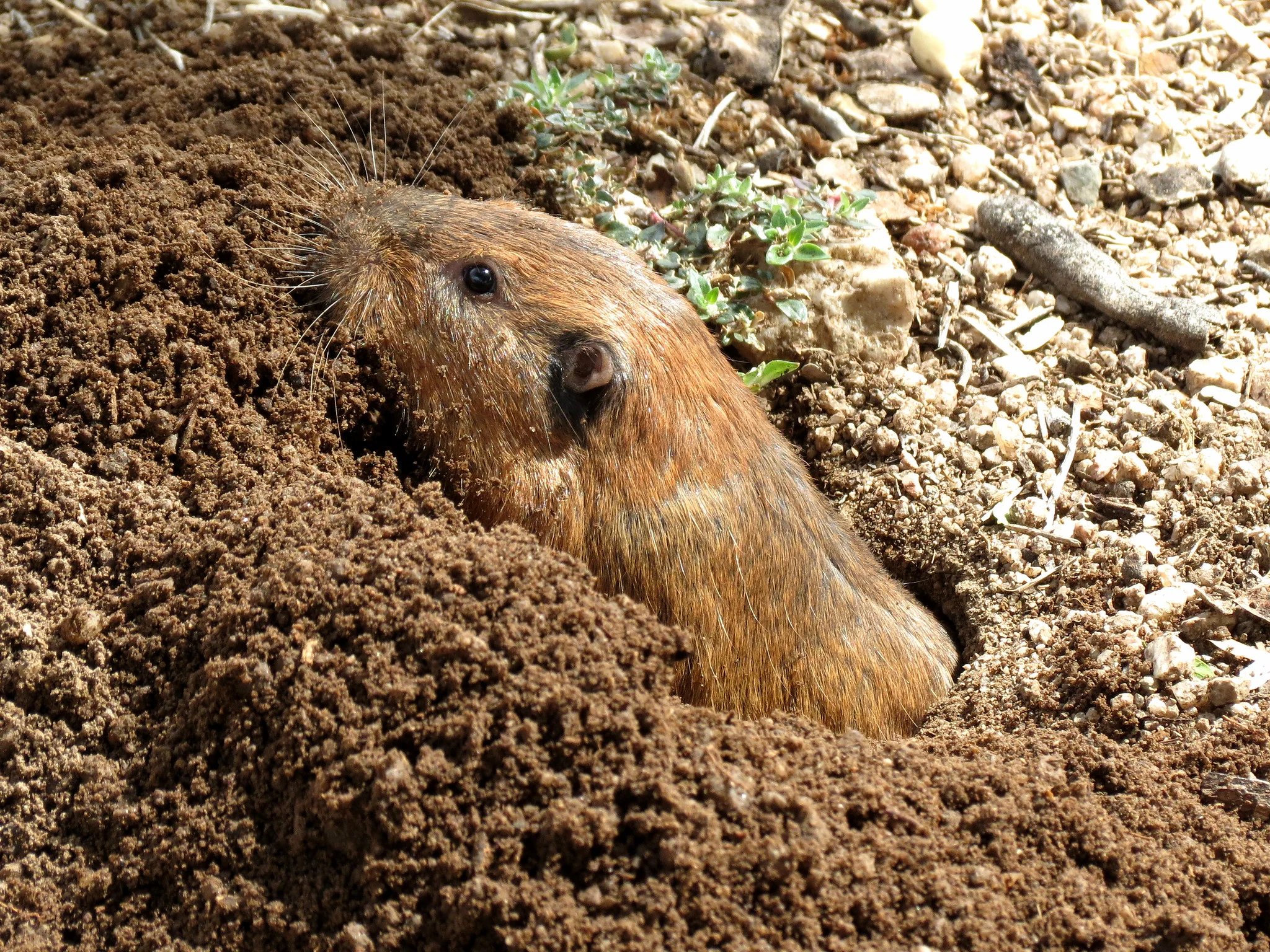
Woodchucks and groundhogs have the ability to retreat into their burrows for protection, using their burrow systems as a defensive mechanism.
Gophers can swiftly retreat into their burrows, utilizing their streamlined bodies for efficient movement in confined spaces.
Ecological Implications: These defensive adaptations play a vital role in their survival by minimizing exposure to predators and potential threats in their environments.
8. Speed (Km/hour or Mile/hour):
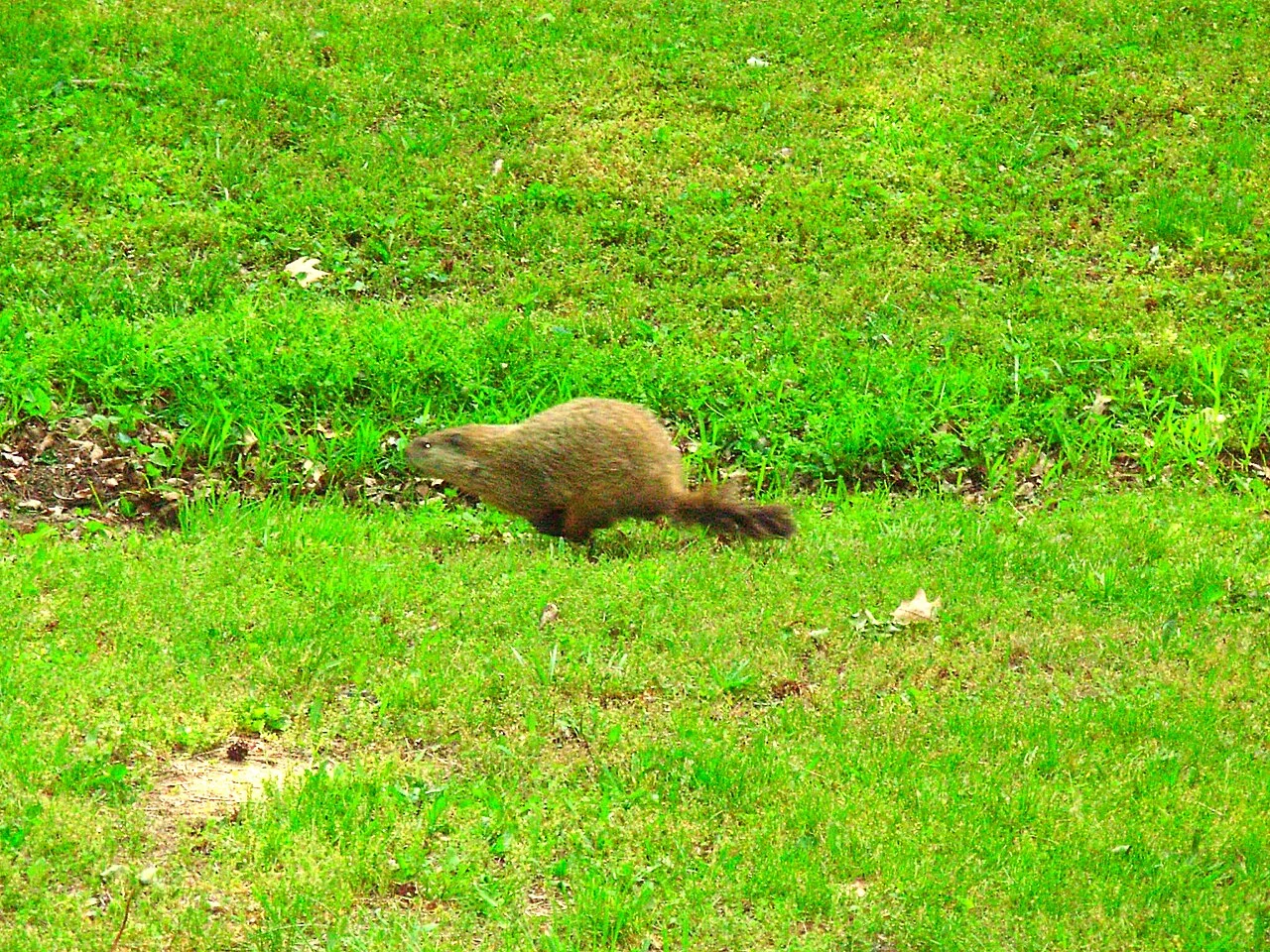
Woodchucks and groundhogs are not known for high-speed capabilities; their strength lies in burrowing rather than fast movement.
Gophers exhibit rapid burrowing and movement within their tunnel systems, showcasing agility in their underground habitat.
Ecological Implications: Speed is not a primary factor for these animals, as their survival strategies are more centered around burrowing, foraging, and defensive behaviors.
9. Agility:
Woodchucks, groundhogs, and gophers display agility in navigating their underground burrows and tunnels.
Their bodies are adapted for maneuvering through tight spaces and complex burrow networks.
Ecological Implications: Agility is essential for efficient foraging, escape from predators, and overall success in their subterranean lifestyles.
10. Senses:
Woodchucks, groundhogs, and gophers rely on well-developed senses, including keen eyesight and acute hearing.
Their sense of touch is enhanced by sensitive whiskers, aiding navigation in their subterranean environments.
Ecological Implications: These heightened senses contribute to their ability to detect predators, locate food, and navigate their habitats effectively.
11. Overall Physical Capacity:
Woodchucks, groundhogs, and gophers showcase strong physical capacities, particularly in burrowing and navigating underground environments.
Their adaptations include robust limbs, sharp claws, and specialized dentition for efficient burrow construction and maintenance.
Ecological Implications: Their physical capacities are crucial for survival, allowing them to create secure habitats and access resources within their ecosystems.
12. Habitat Preference(s) and Geographic Region:
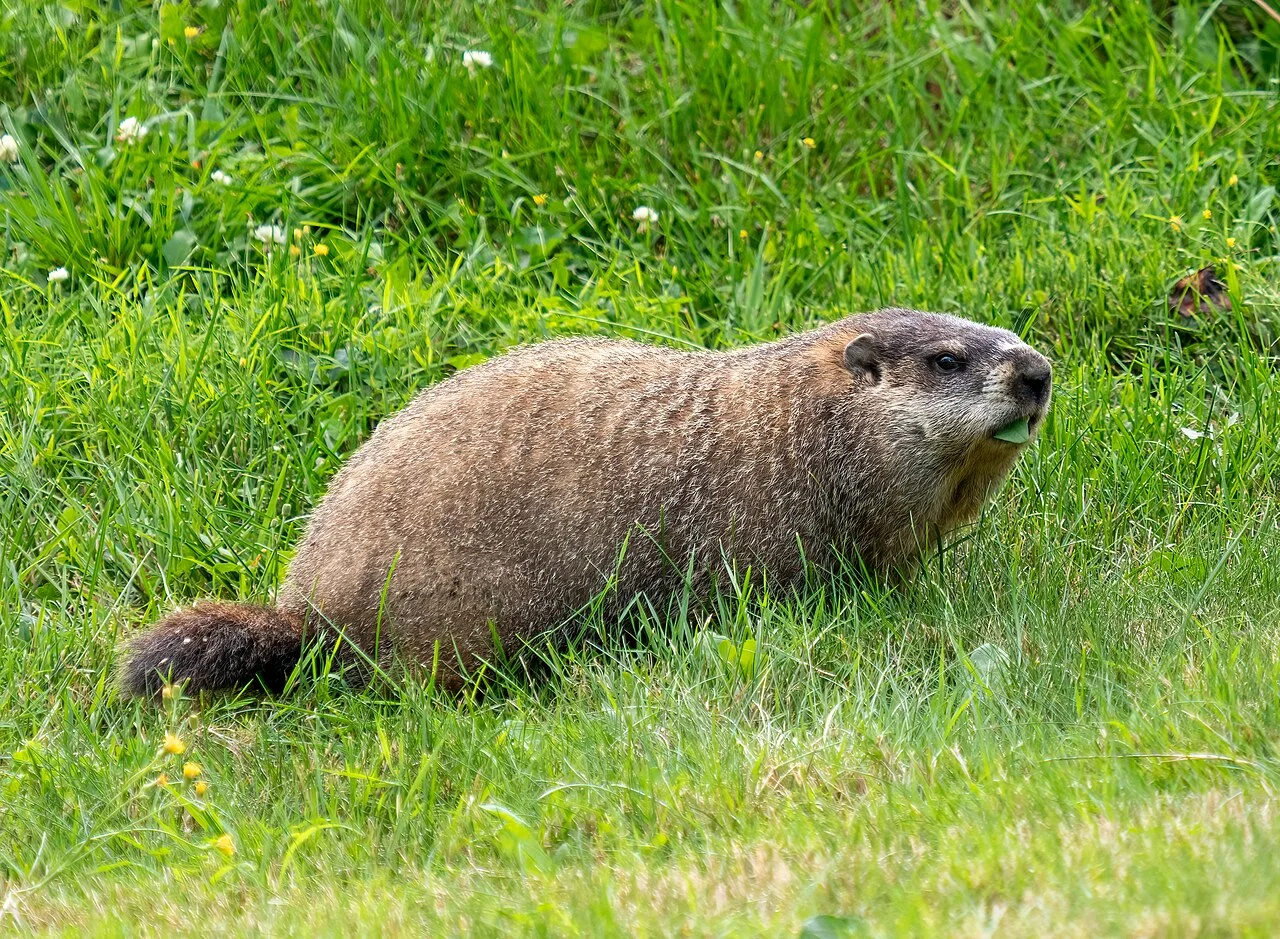
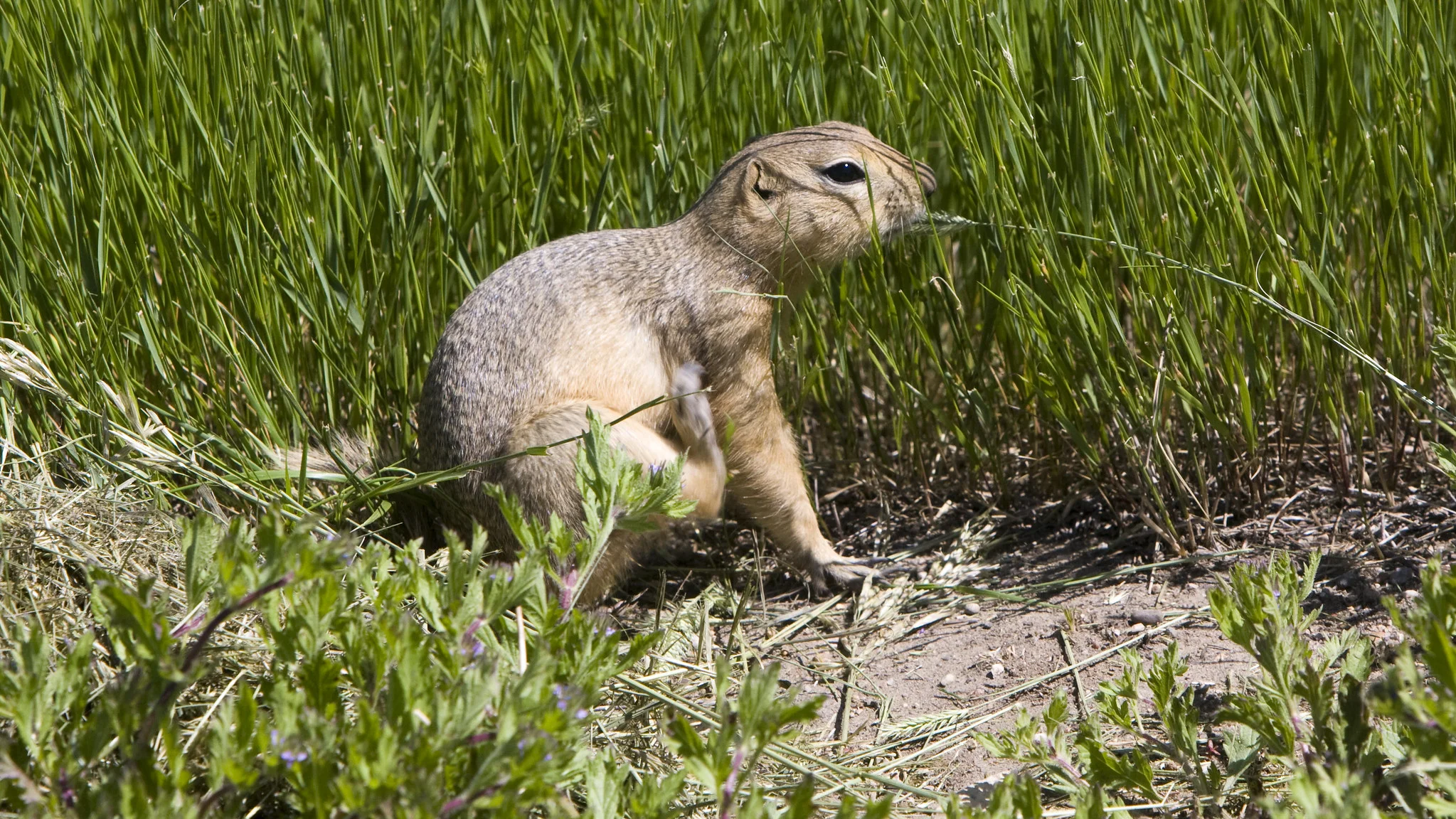
Woodchucks and groundhogs prefer open areas such as fields, meadows, and woodland edges across North America.
Gophers thrive in a variety of habitats, including grasslands, deserts, and agricultural areas, with species found in North and Central America.
Ecological Implications: Habitat preferences influence their roles in different ecosystems, affecting interactions with other species and the overall biodiversity of the regions they inhabit.
13. Tracks:
Woodchuck and groundhog tracks resemble small, distinctive prints with five toes on both front and hind feet.
Gopher tracks exhibit similar features, reflecting their adapted limbs for burrowing.
Ecological Implications: Tracking patterns help researchers and ecologists identify their presence in various habitats and study their movements and behaviors.
14. Lifespan:
Woodchucks and groundhogs typically have a lifespan of 3 to 6 years in the wild.
Gopher lifespans vary among species, with some living up to 3 years.
Ecological Implications: Lifespan influences population dynamics, reproductive strategies, and the overall impact of these rodents on their ecosystems.
15. Mode of Feeding:
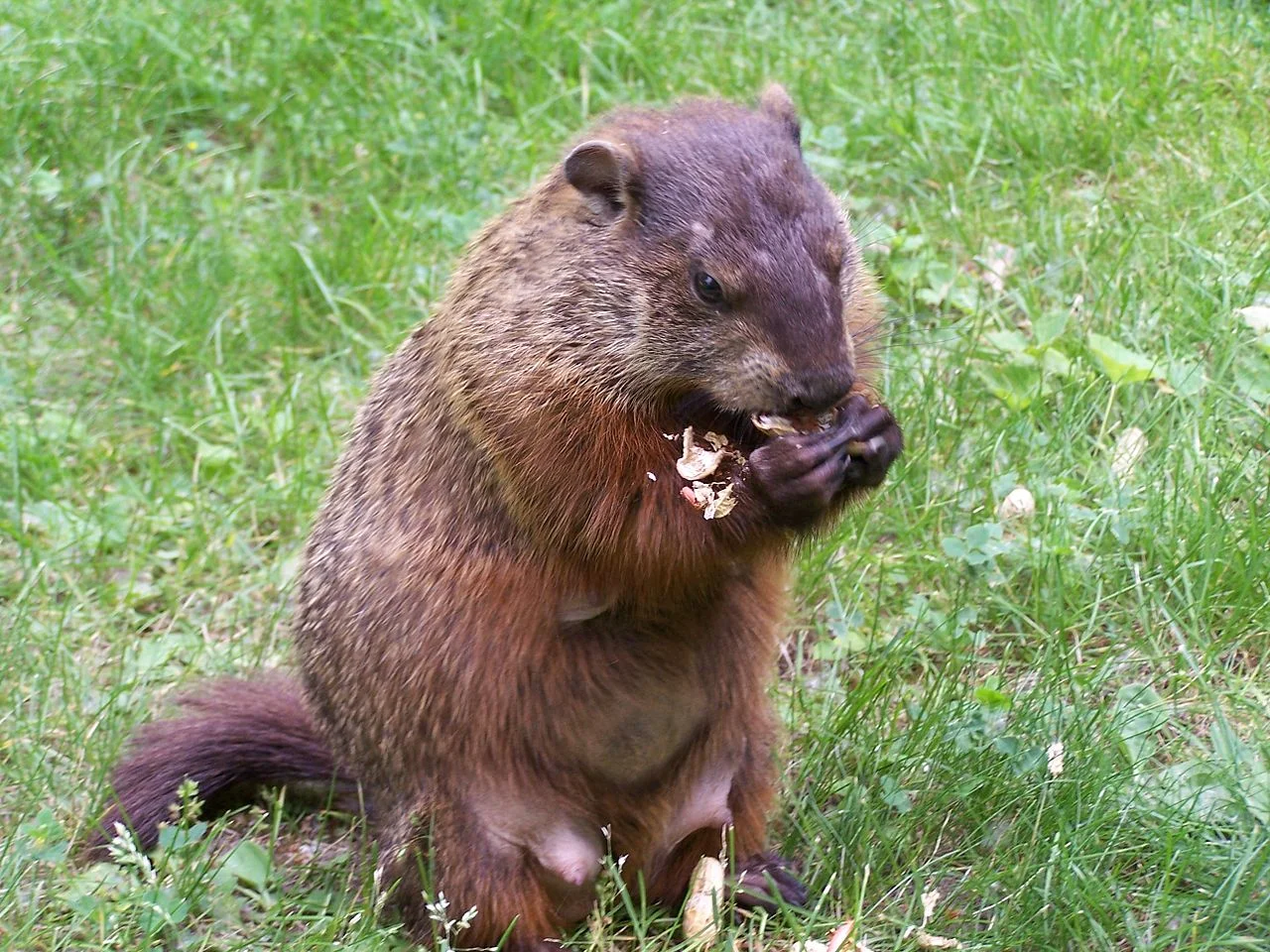
Woodchucks, groundhogs, and gophers are herbivores, primarily consuming vegetation such as grasses, leaves, and roots.
Their diets contribute to shaping vegetation patterns in their habitats.
Ecological Implications: Feeding habits influence plant communities, affecting vegetation structure and composition in their respective ecosystems.
16. Intelligence:
Woodchucks, groundhogs, and gophers exhibit a level of intelligence in constructing and maintaining complex burrow systems.
Their ability to navigate their environments and adapt to changing conditions reflects cognitive capabilities.
Ecological Implications: Intelligence contributes to their success in foraging, escaping predators, and responding to environmental challenges.
17. Social Behavior:
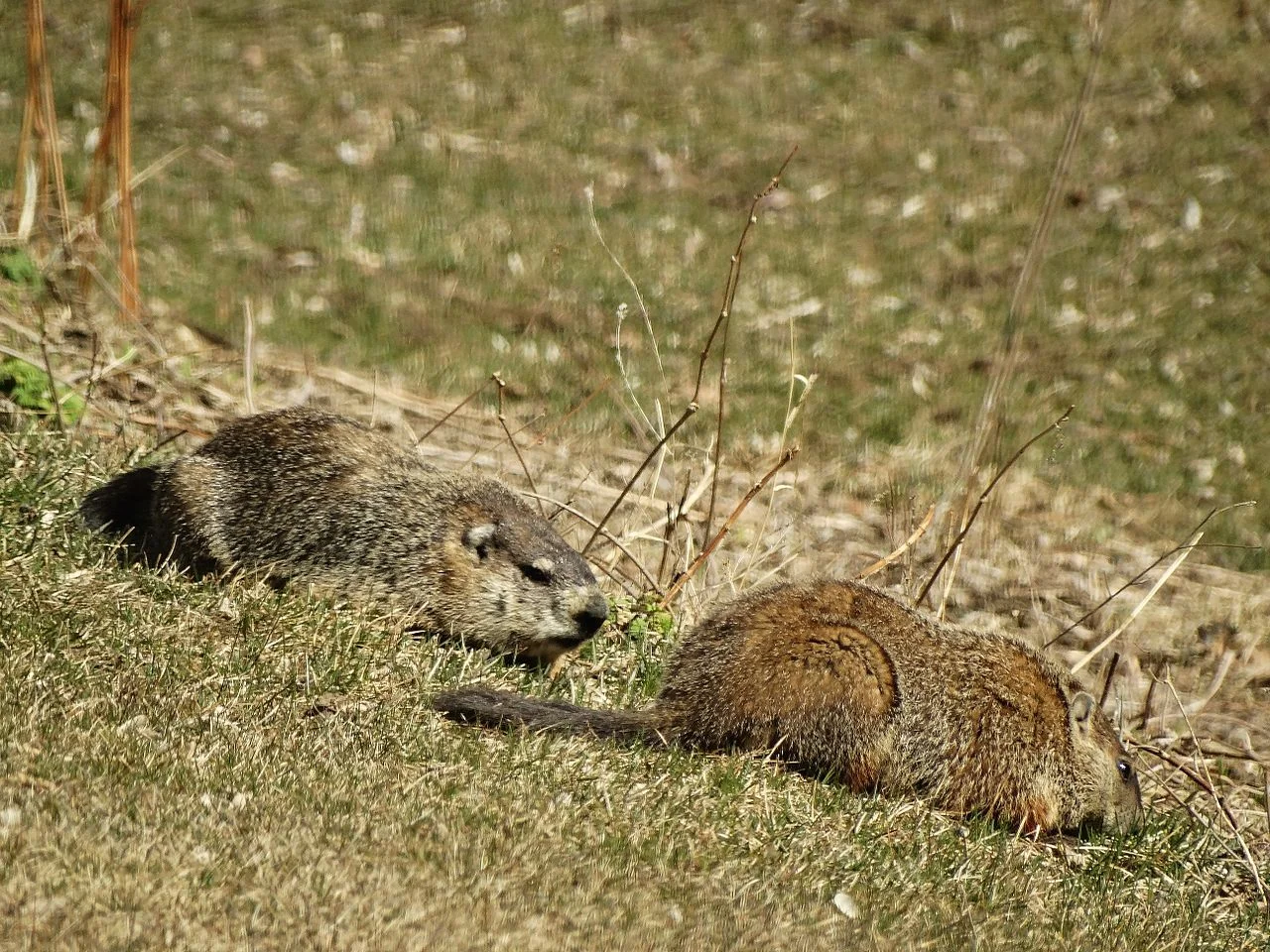
Woodchucks and groundhogs are generally solitary animals, though they may share territories with overlapping burrow systems.
Gophers can exhibit social behaviors, with some species living in family groups and sharing burrow responsibilities.
Ecological Implications: Social behaviors influence population dynamics, resource utilization, and the overall structure of their communities within ecosystems.
18. Mode of Reproduction:
Woodchucks, groundhogs, and gophers reproduce through sexual reproduction.
Female woodchucks and groundhogs give birth to a litter of 2 to 6 pups in the spring, while gopher litter sizes can vary among species.
Ecological Implications: Reproductive strategies impact population growth and dynamics, influencing the overall ecological balance within their habitats.
19. Parental Behavior:
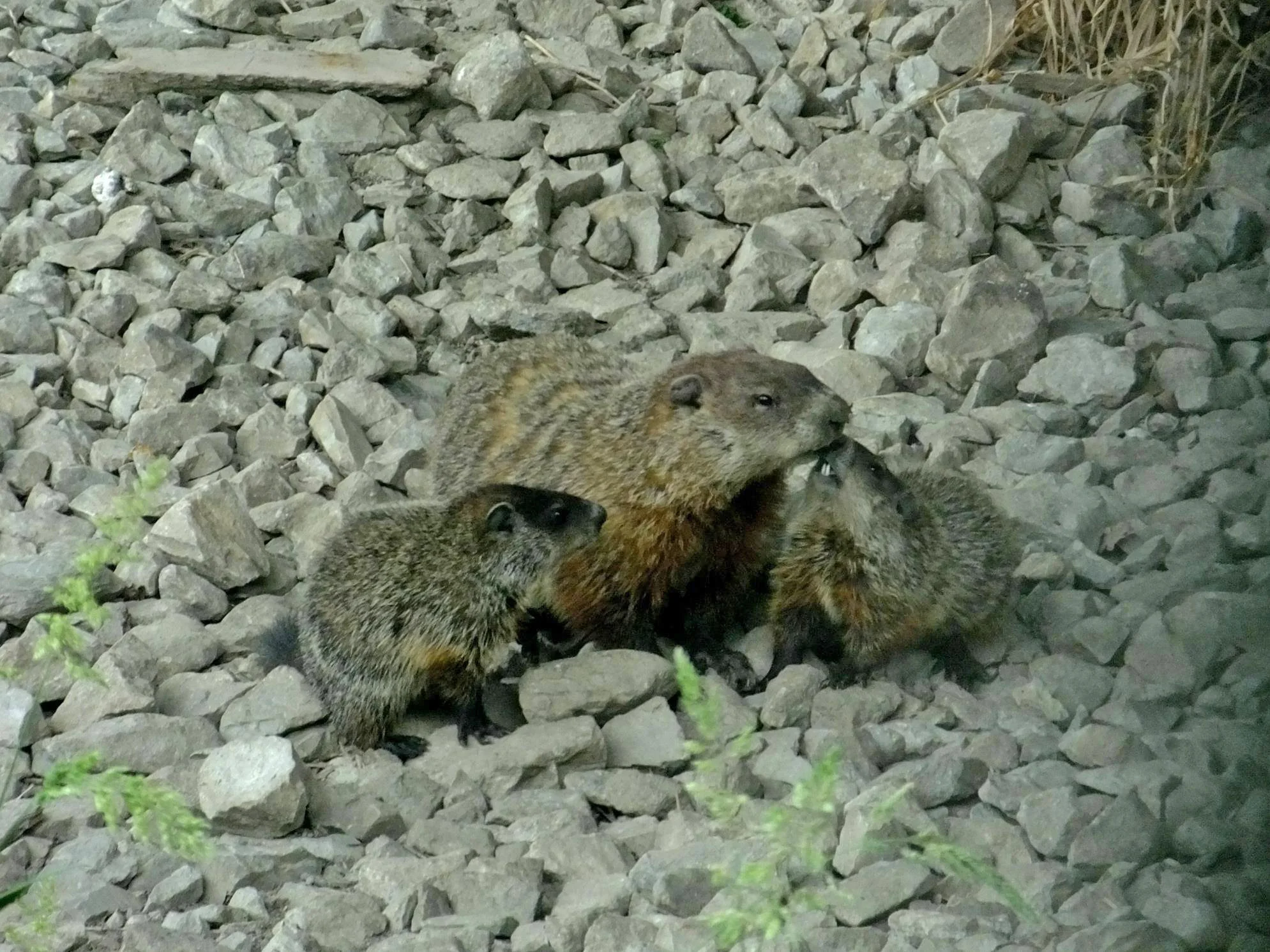
Female woodchucks and groundhogs play a significant role in caring for their offspring, providing protection and guidance.
Gophers, depending on the species, may also exhibit parental care, with family members sharing burrow responsibilities.
Ecological Implications: Parental behaviors contribute to the survival and development of the young, influencing population stability and dynamics.
20. Proximity to Human-Inhabited Areas:
Woodchucks and groundhogs are known to inhabit areas near human settlements, including fields, gardens, and suburban landscapes.
Gophers may also be found in agricultural areas and gardens, sometimes leading to conflicts with humans.
Ecological Implications: Proximity to human-inhabited areas can impact both the animals and humans, affecting resource competition, habitat modification, and potential human-wildlife conflicts.
21. Behavior Toward Humans:
Woodchucks and groundhogs are generally wary of humans and may retreat to their burrows when approached.
Gophers may exhibit defensive behaviors if they feel threatened, but interactions with humans are often minimal.
Ecological Implications: Wildlife behavior toward humans can influence human-wildlife relationships, affecting conservation efforts, and potentially leading to control measures in certain situations.
22. Danger Posed to Humans:
Woodchucks, groundhogs, and gophers are not inherently dangerous to humans.
While they may carry diseases or cause damage to gardens, their interactions with humans are typically non-aggressive.
Ecological Implications: The minimal danger posed to humans allows for coexistence in shared habitats, emphasizing the importance of understanding and managing potential conflicts.
23. Associated Precautions:
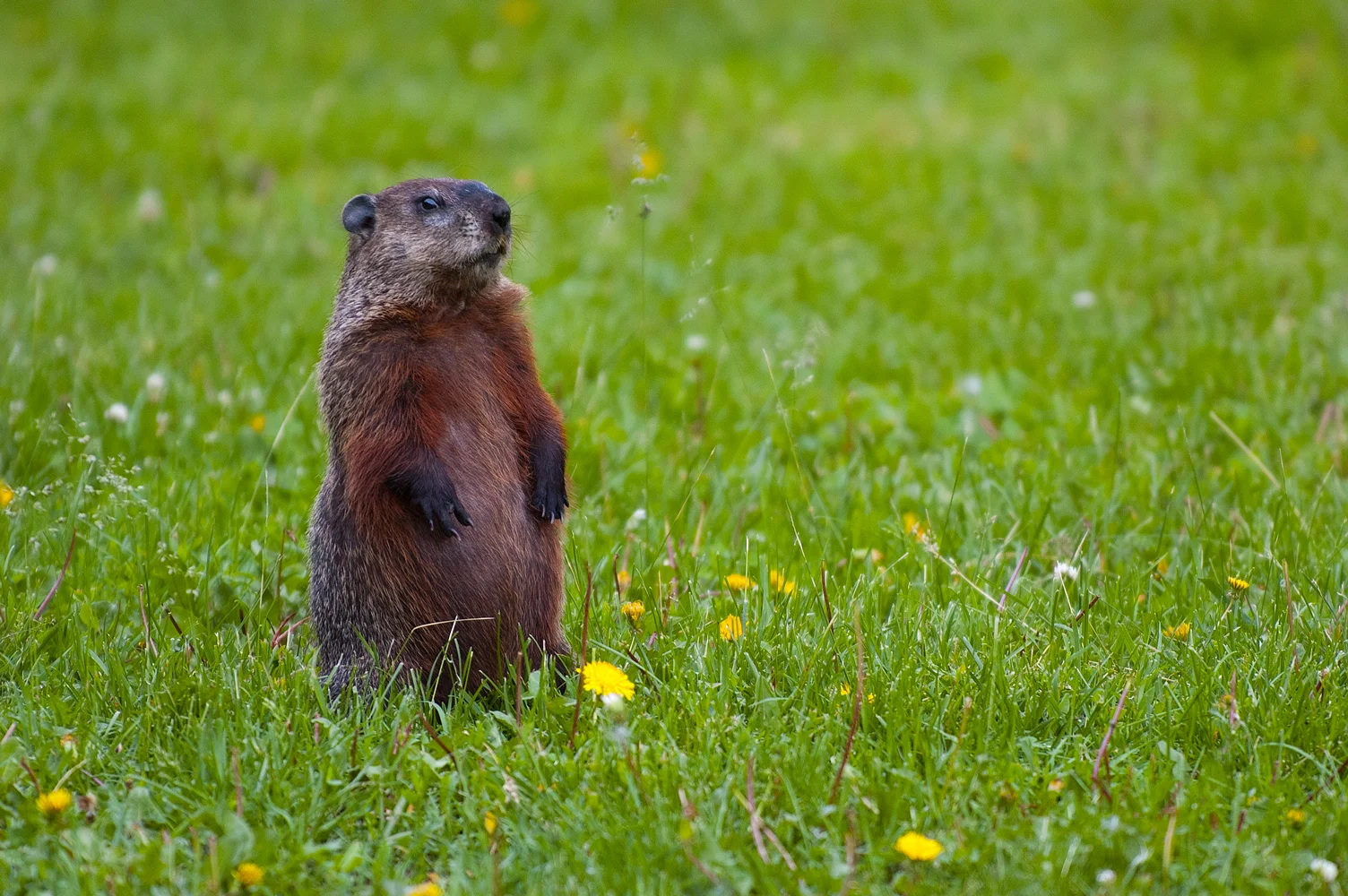
Precautions around woodchucks, groundhogs, and gophers involve managing potential damage to crops and gardens.
Implementing protective measures, such as fencing or repellents, can help prevent conflicts.
Ecological Implications: Human precautions aim to mitigate negative impacts on both the animals and human interests, promoting sustainable coexistence.
24. Conservation Status:
Woodchucks, groundhogs, and gophers are generally not considered species of conservation concern.
Populations can be influenced by factors like habitat loss, disease, and human-wildlife interactions.
Ecological Implications: Monitoring and understanding the conservation status of these species contribute to broader ecosystem health and biodiversity.
*Summary of Comparison
Taxonomy:
Woodchuck and groundhog: Marmota monax (Family: Sciuridae, Genus: Marmota, Order: Rodentia, Class: Mammalia, Phylum: Chordata, Kingdom: Animalia)
Gopher: Varies among species.
Appearance:
Woodchuck and groundhog: Stout bodies, short legs, strong claws.
Gopher: Streamlined body, adapted for burrowing.
Size:
Woodchuck and groundhog: 16 to 20 inches (40 to 50 cm) in length.
Gopher: Generally smaller, 5 to 14 inches (13 to 36 cm).
Weight:
Woodchuck and groundhog: 4 to 14 pounds (1.8 to 6.3 kg).
Gopher: Lighter, 0.5 to 2.5 pounds (0.2 to 1.1 kg).
Bite Force (PSI):
Not known for significant bite force; primarily used for feeding and defense.
Physical Offensive Advantages:
Claws and strong forelimbs for digging burrows.
Physical Defensive Advantages:
Retreat into burrows for protection.
Speed:
Not known for high speed.
Agility:
Adapted for maneuvering in burrows and tight spaces.
Senses:
Keen eyesight, acute hearing, sensitive whiskers.
Overall Physical Capacity:
Strong physical capacities for burrowing and navigating.
Habitat Preference(s) and Geographic Region:
Woodchuck and groundhog: Open areas, meadows, woodland edges (North America).
Gopher: Various habitats, including grasslands and deserts (North and Central America).
Tracks:
Distinctive prints with five toes on both front and hind feet.
Lifespan:
Woodchuck and groundhog: 3 to 6 years.
Gopher: Up to 3 years.
Mode of Feeding:
Herbivores, consuming grasses, leaves, and roots.
Intelligence:
Exhibit intelligence in burrow construction and maintenance.
Social Behavior:
Generally solitary; gophers may exhibit social behaviors.
Mode of Reproduction:
Sexual reproduction; woodchuck and groundhog give birth to 2 to 6 pups.
Parental Behavior:
Females play a significant role in caring for offspring.
Proximity to Human-Inhabited Areas:
Found near human settlements; may lead to conflicts.
Behavior Toward Humans:
Generally wary; minimal aggressive behavior.
Danger Posed to Humans:
Not inherently dangerous; may cause damage to gardens.
Associated Precautions:
Implementing measures to prevent damage to crops and gardens.
Conservation Status:
Generally not considered species of conservation concern.
Conclusion
I). Similarities:
Shared characteristics include herbivorous diets, burrowing lifestyles, and adaptations for underground living.
All three contribute to ecosystem dynamics through their roles in seed dispersal, soil aeration, and plant community structure.
II). Differences:
Variances in size, habitat preferences, and social behaviors distinguish woodchucks, groundhogs, and gophers.
Differences in reproductive strategies, lifespan, and intelligence further highlight the unique ecological roles played by each species.
